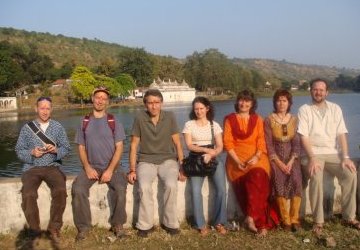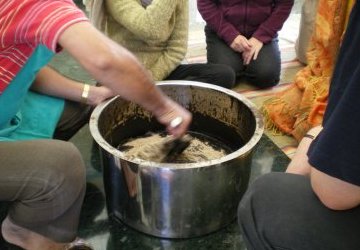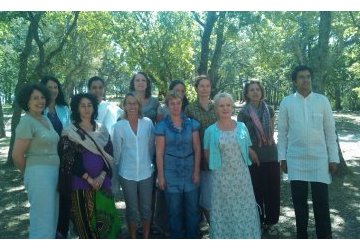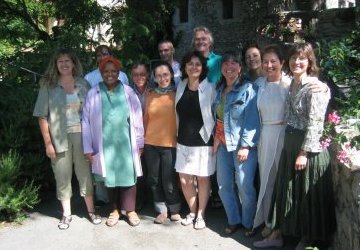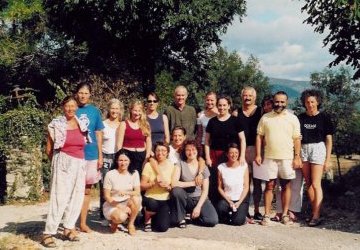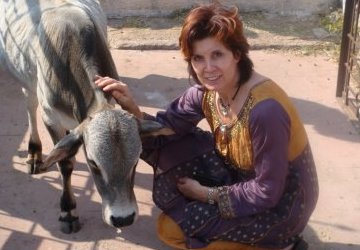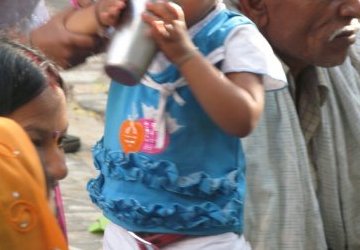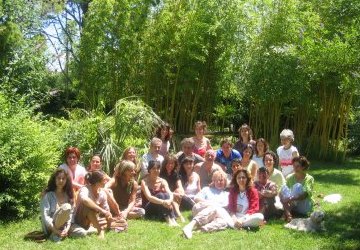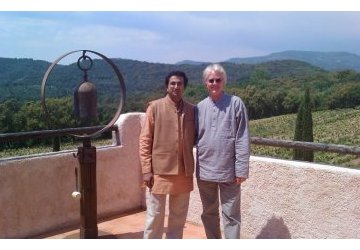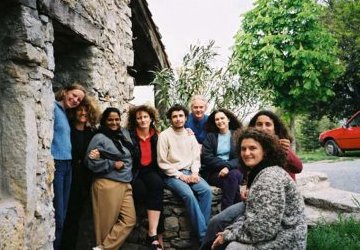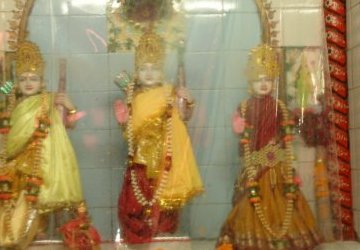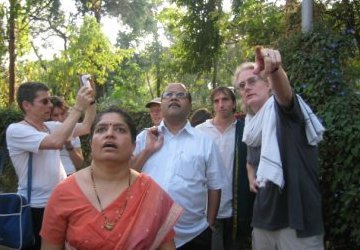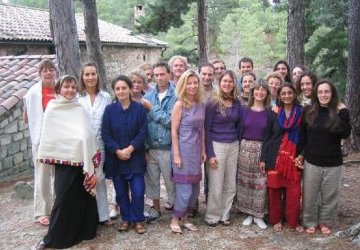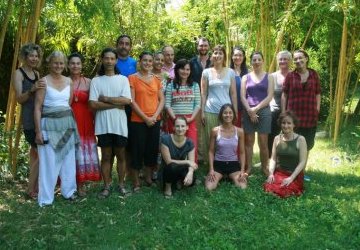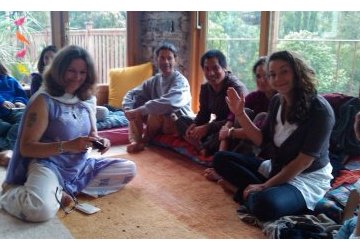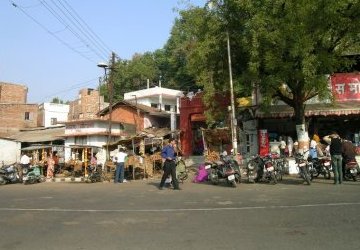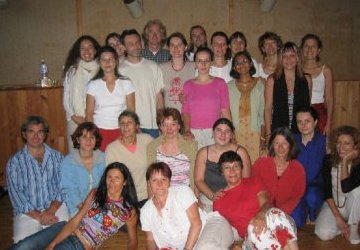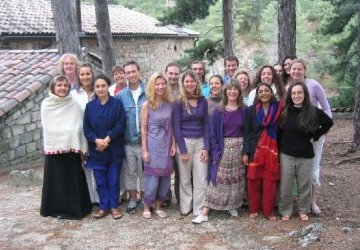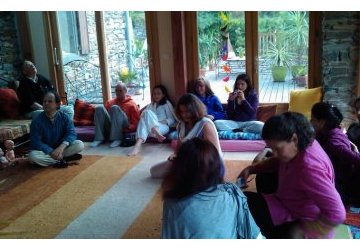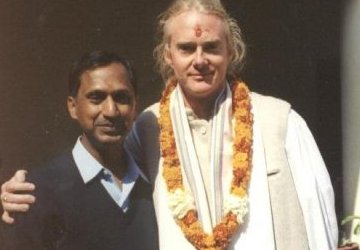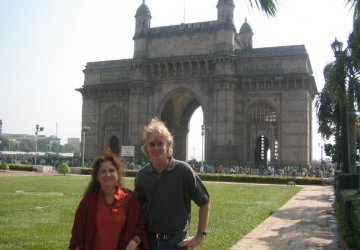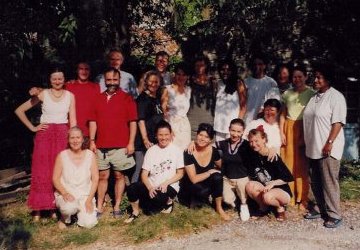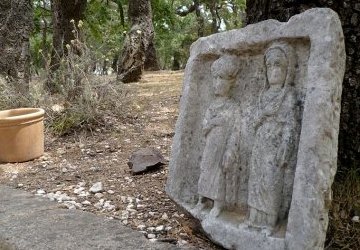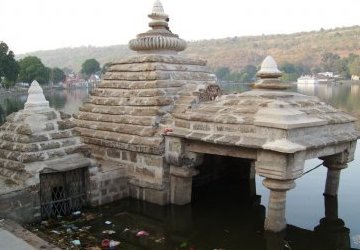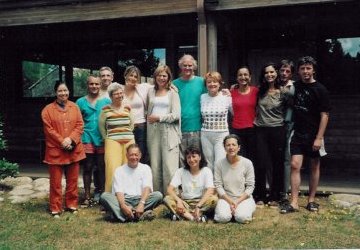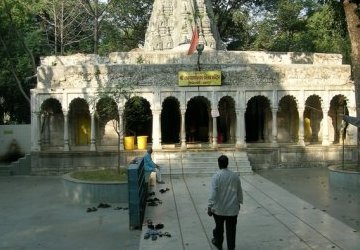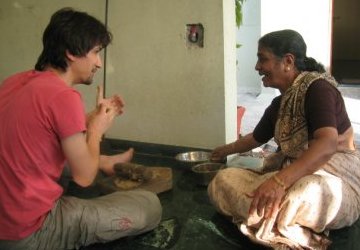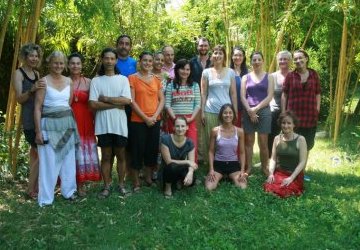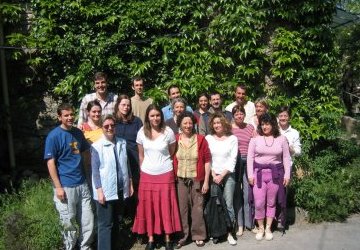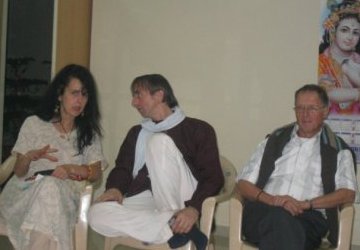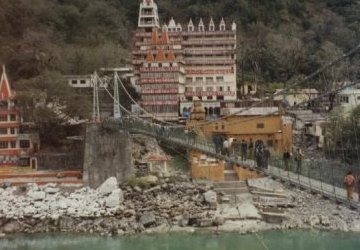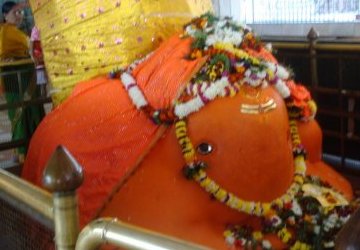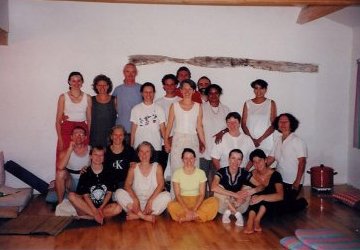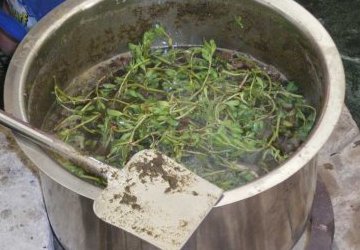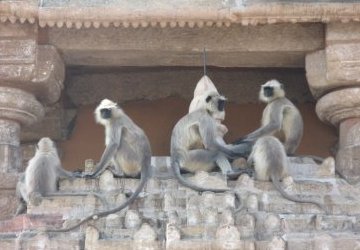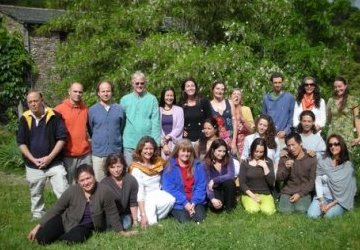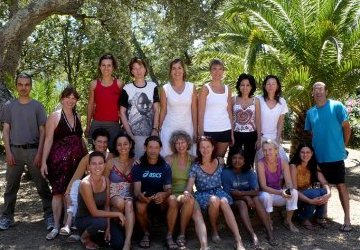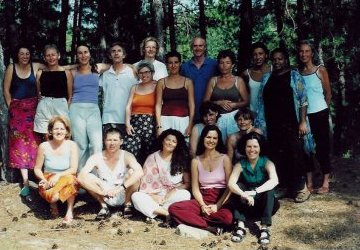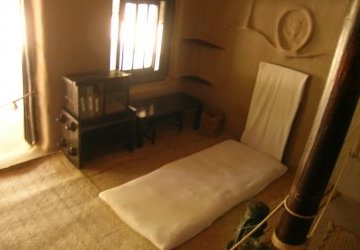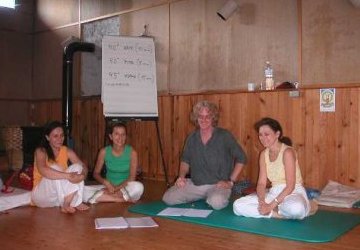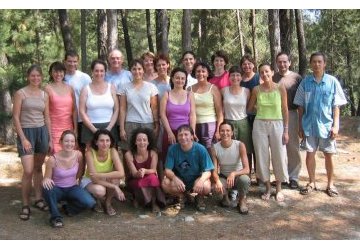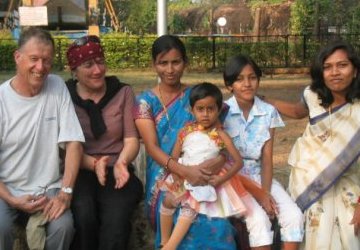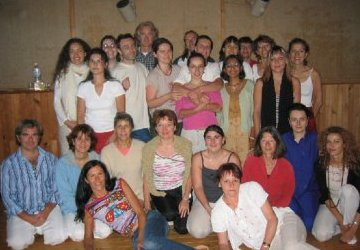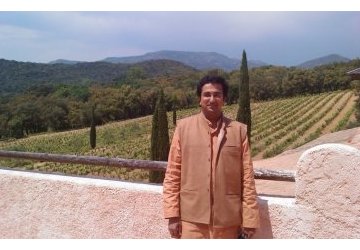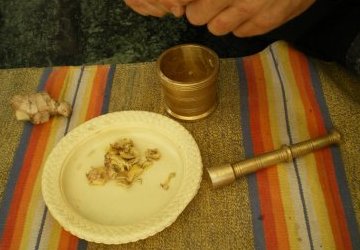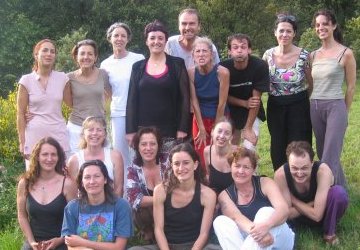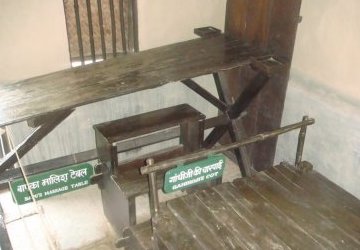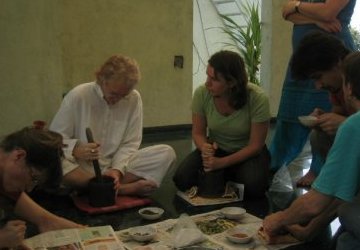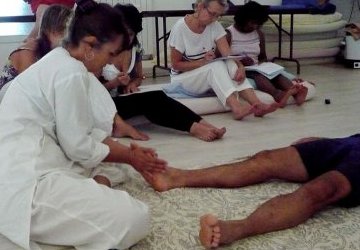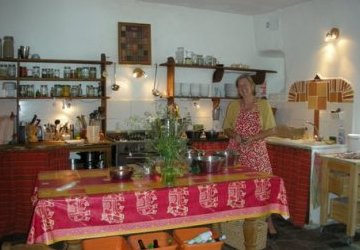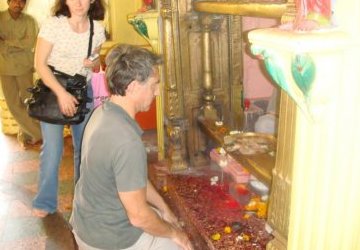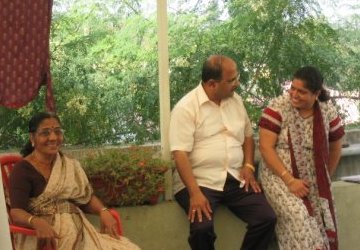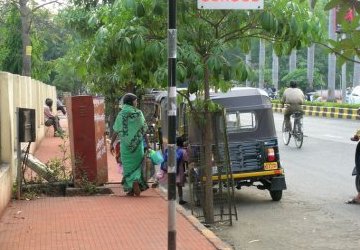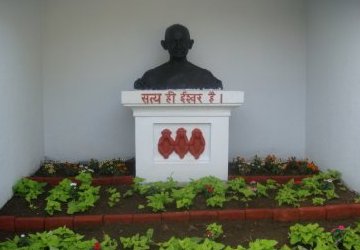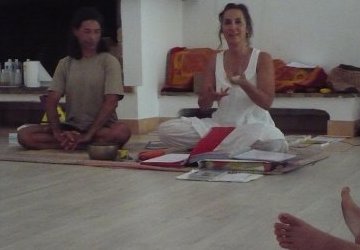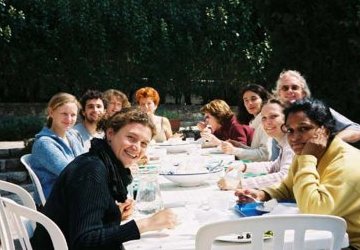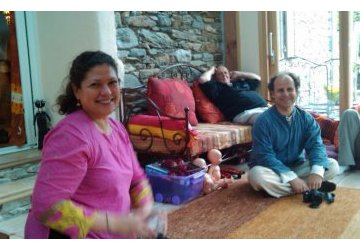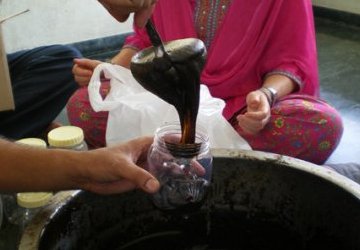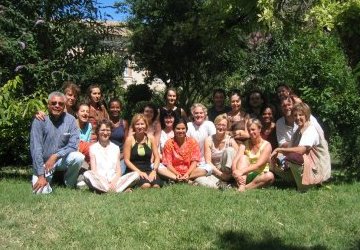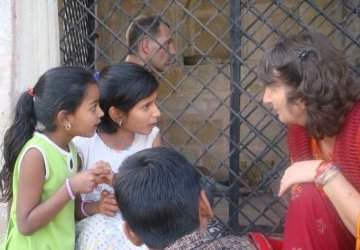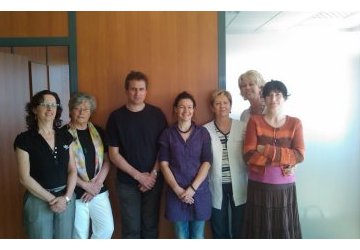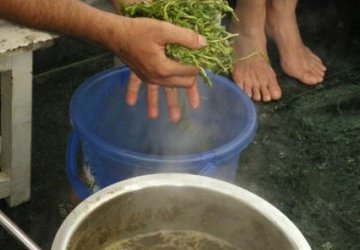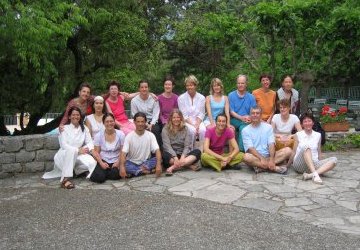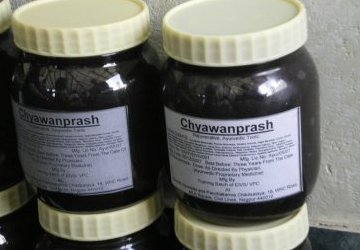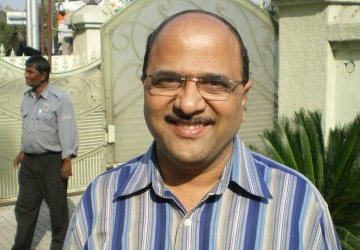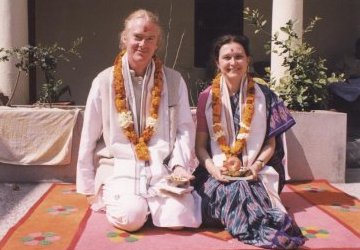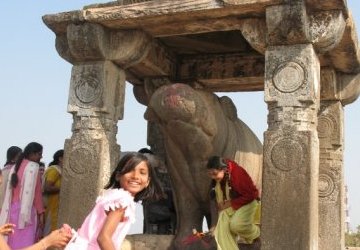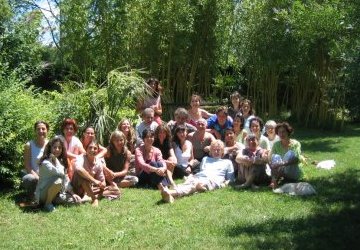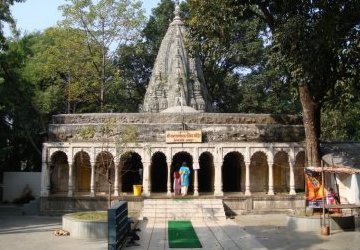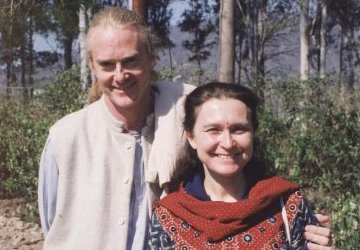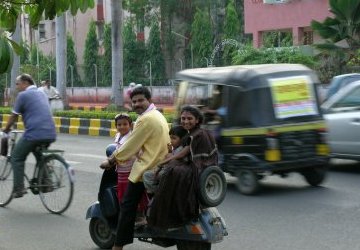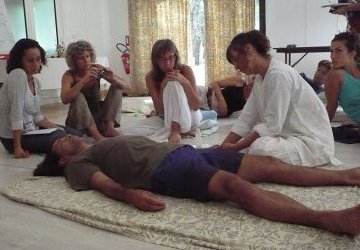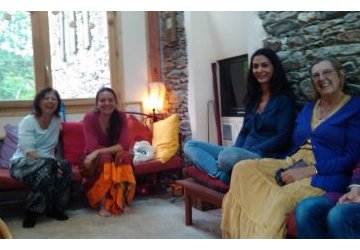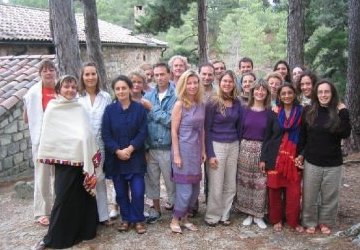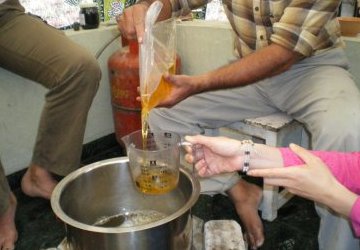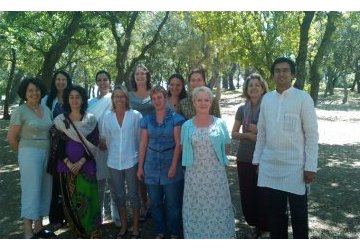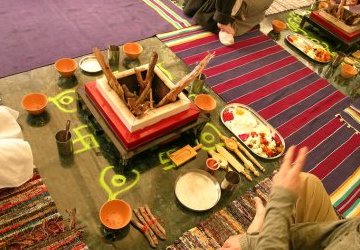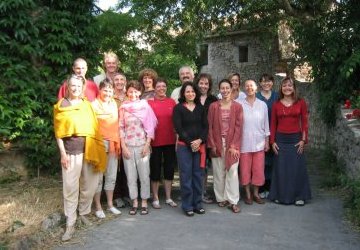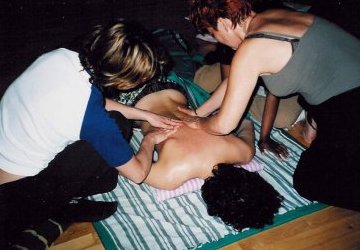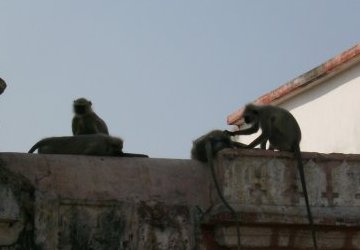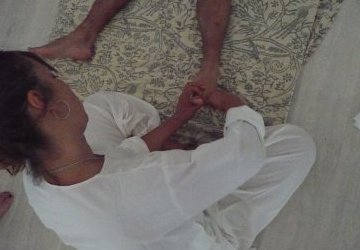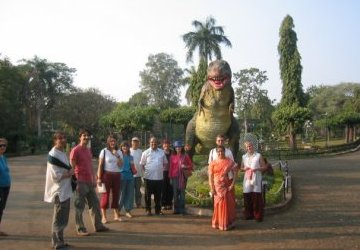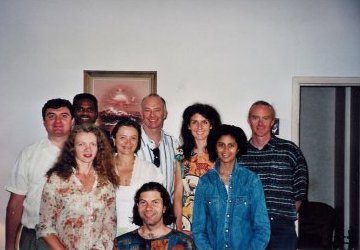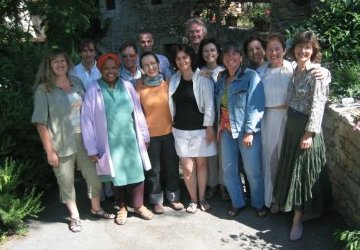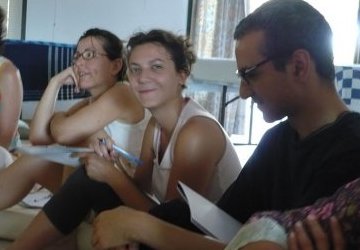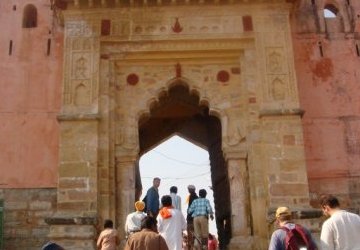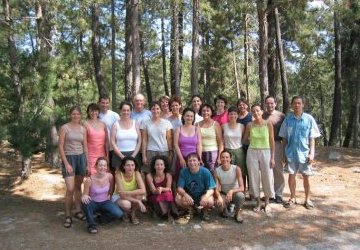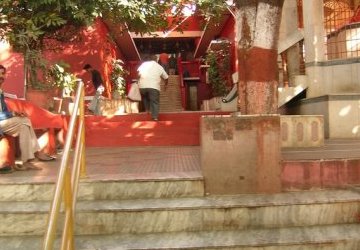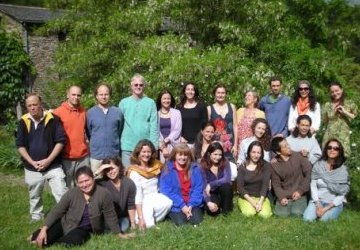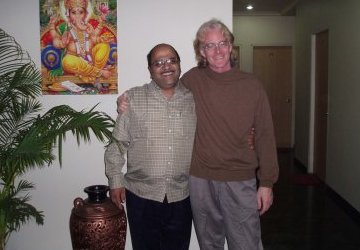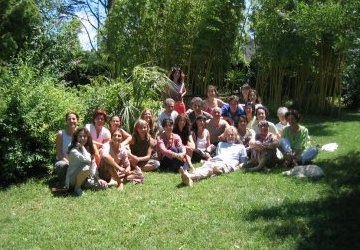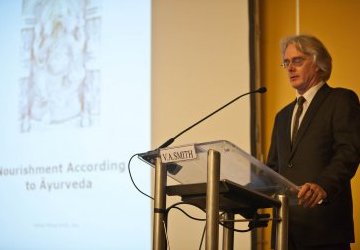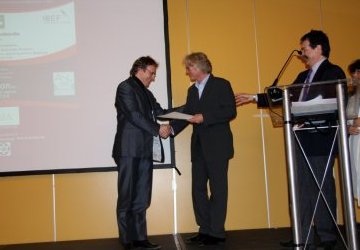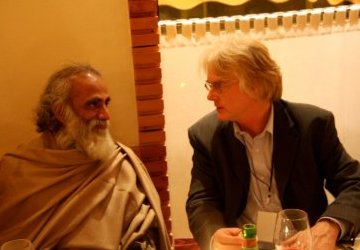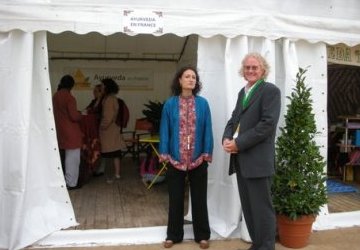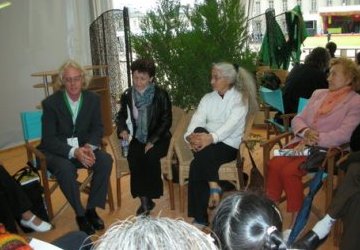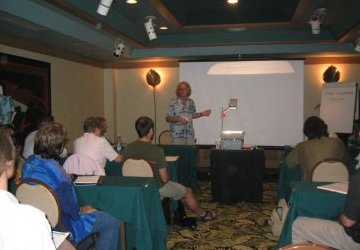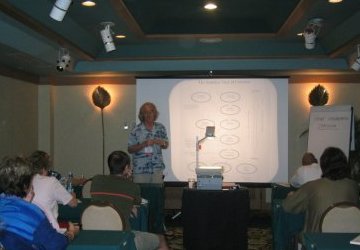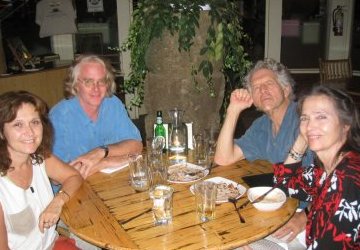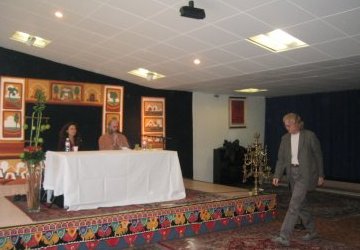Lower back pain syndromes in Ayurveda
Vata dosha is the controller of the pelvic area and the metabolism of bones.
Pitta dosha is the controller of the navel area and the metabolism of blood, tendons and heat.
Kapha dosha is the controller of the chest area and the metabolism of plasma, muscles, ligaments, fat and nerves.
All pain is associated with Vatadosha as Vata is responsible for all movement in the body – the impediment of which causes pain. Vata moves through channels (nerve, blood, etc.) and allows the function of the two other doshas. Hence, when Vata is prevented for any reason from moving correctly both Pitta and Kapha become implicated in the disorder. This is especially true in any condition of pain. Therefore, in Ayurveda, pain is classified by the three doshas, all the while knowing that Vata is always implicated.
Vata-Vata pain is sharp, throbbing, migrating in location and variable in intensity. It comes and goes quickly and tends to be localized more on the surface of the body.
Vata-Pitta pain is burning, lancing, intense and stays in one place. It comes on with increasing force in 1 or 2 hours and reaches peak periods around midday or midnight. It tends to be at a middle level of the body.
Vata-Kapha pain is dull, aching and stays localized in one place. It takes 6 to 24 hours to reach full intensity and can last for several days at a time. It peaks in the evening and morning. It tends to be located deep in the body.
In order to treat lower back pain correctly the therapist should treat the dosha that is causing the problem. As Vata is implicated in all forms of lower back pain oil is almost always used in treatment as oil has the opposite qualities of Vatadosha. The oil is either mixed with cooling herbs for the treatment of Pitta (inflammation) or heating herbs for the treatment of Kapha (congestive).
Indications of lower back pain :
Vata – variable, migrating pain that is throbbing and intense. Cold aggravates the pain and it lessens as the muscles become warm or the day increases in warmth. Can result from over use of muscles, stress, travel, non-movement, etc.
Pitta – stable burning, lancing pain that is intense. Heat aggravates the pain and it lessens when the body is cooled down or in the evening when the day ends. Can result from any form of inflammation, overuse that causes inflammation, shock, excess anger, etc.
Kapha – stable dull, aching pain that is deep and defused. Cold will tend to aggravate the pain and warmth will help relive it slowly. Can result from non movement, lack of exercise, congestion, over weight conditions, constipation, amenorrhea, suppressed emotions, etc.
Treatment of lower back pain according to the dosha that is causing the problem :
Vata – warm oil massage with application of heat for 20 mins
Sasame oil, Vatashama oil, Mahanarayana oil, Bala or Ashwagandha mixes in sesame oil. Slow, soft massage with light to middle level of pressure is need.
Pitta – room temperature oil massage
Anti-inflammatory oils such as Olive oil, coconut oil, Pittashama oil, etc. And pitta reducing herbs or oils such as Manjistha, Bala, etc. Vigorous massage followed by soft massage with middle level of pressure is need.
Kapha - hot oil massage with application of heat for 20 mins followed by dry powder massage with heating herbs such as Calamus, Ginger, etc.
Sesame and mustard oil blends can be used, or Olive Sesame oil blends if mustard oil is not available. Vigorous massage with pressure is need.
Copyright © 2016 EIVS GmbH
for everyone :
Secrets of Ayurvedic Massage –
For professionals we are working on ’real’ textbook for external therapies, until then the rules are explained here :
Clinical Protocols and Treatments in Ayurveda (Volume 3) - Ayurvedic Medicine for Westerners



